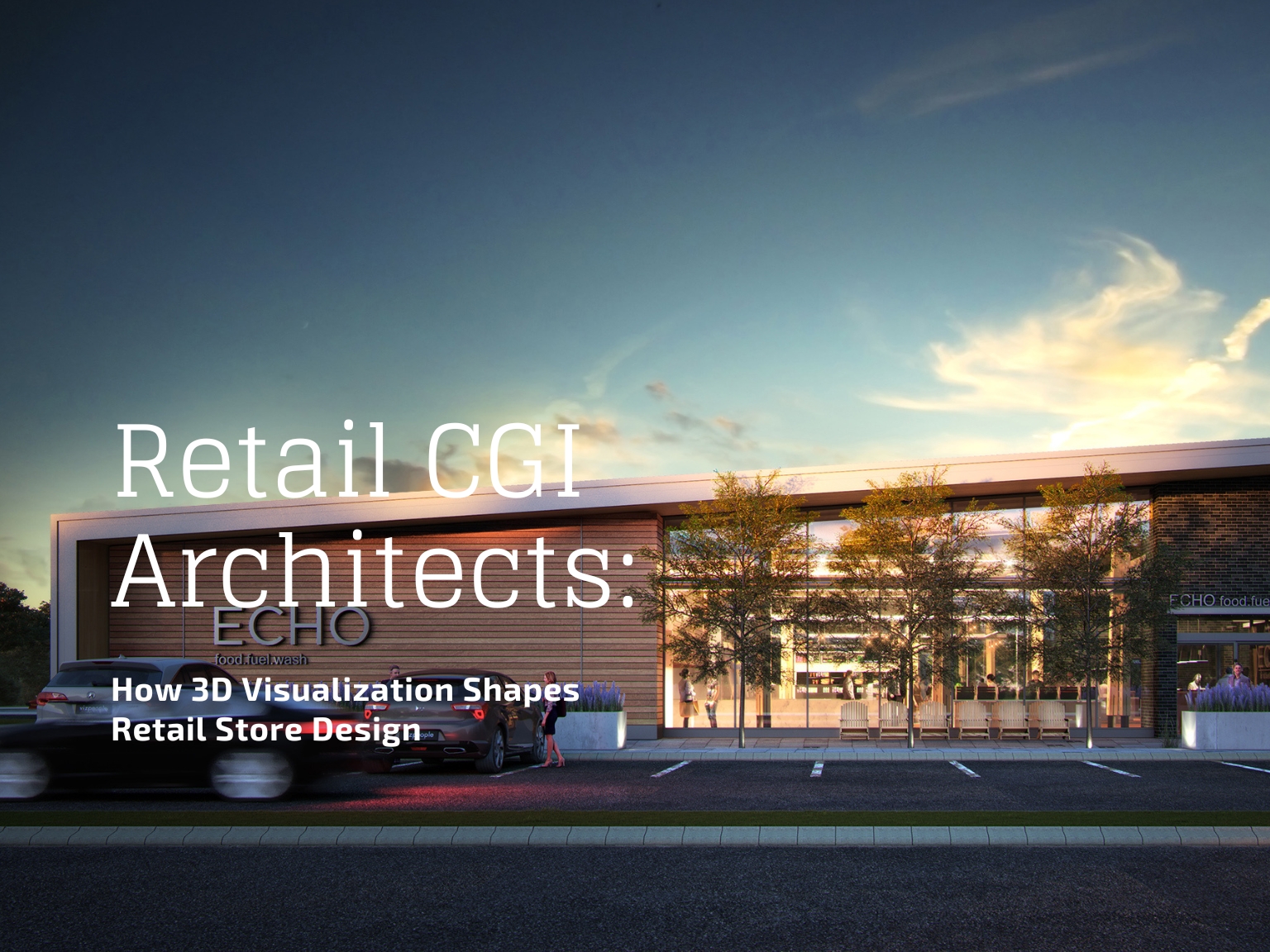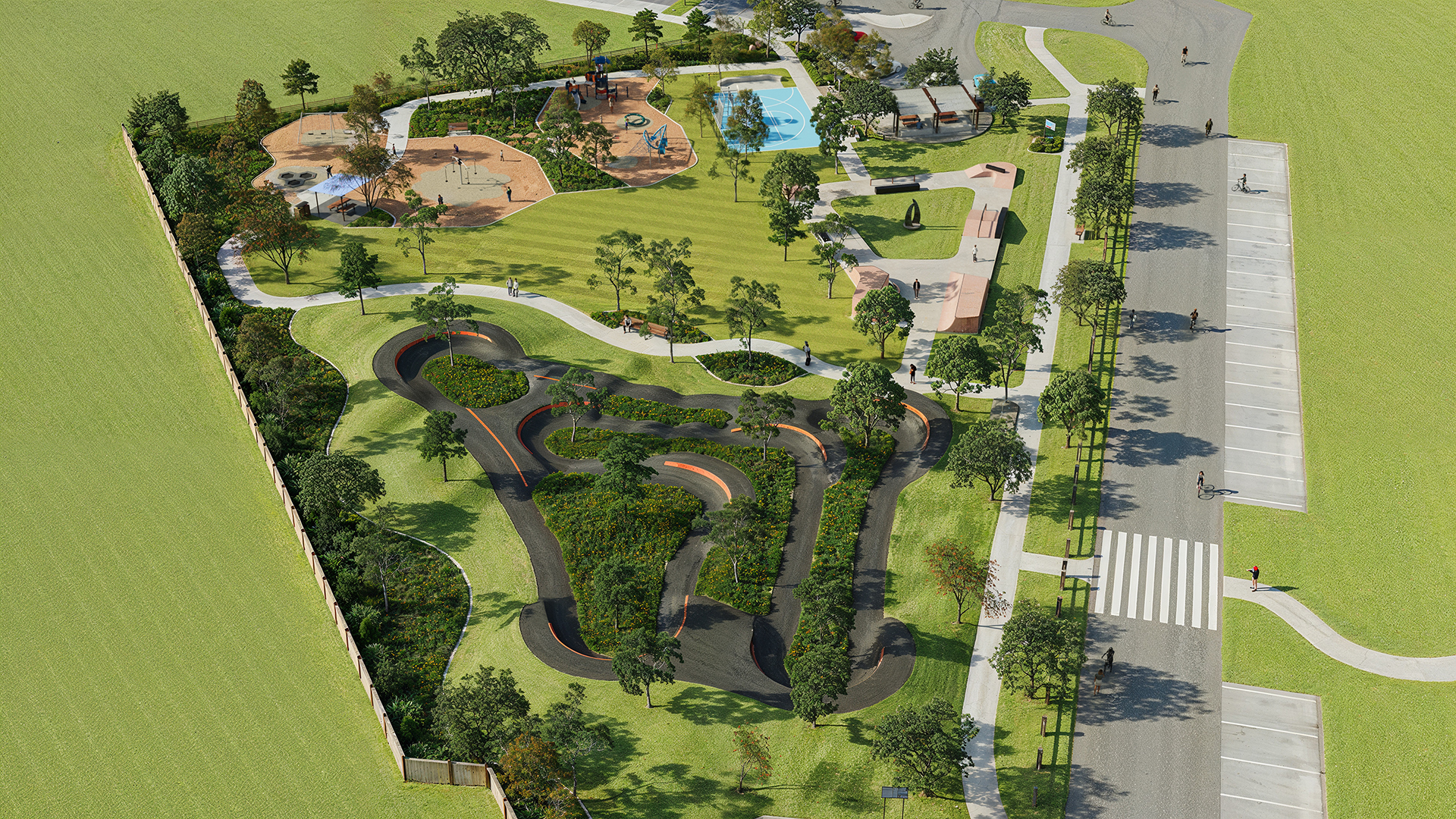In 2025, the architecture landscape is changing fast. AI tools are no longer about distant promises; they’re in architecture offices today, helping with everything from early sketches to sustainability analysis.But how do professionals really feel?
2. As Yale’s Phillip Bernstein notes, AI may help with ideation, but it can’t design a building on its own.
3. At Zaha Hadid Architects, AI has nearly doubled early-stage productivity. But they make one thing clear: they’re upfront with clients about using AI “winner proposals”.
This article walks through the top AI tools in architecture, how they support your workflow, where they still fall short, and how leading firms and academics are steering a balanced course.

Why Architects Should Use AI Tools Today
Voices from the Practice:
“TestFit… spits out an optimized building mass.” — another, highlighting tangible efficiency
At ZHA, productivity is up—early design work is now faster and more inspired, but they emphasize transparency with clients The Times
Tim Fu sees AI as a creative collaborator, not a crutch—his fully AI-driven residential project is proof Wallpaper
Academic voices caution against over-reliance, citing risks of bias and design standardization
The Growing Role of AI in Architecture
Architectural projects are becoming more complex, with tighter deadlines and higher client expectations. Traditional methods often leave architects spending hours on repetitive manual work, from drafting layouts to preparing presentations. AI tools help reduce this load, allowing professionals to focus on the creative and problem-solving side of design.
One architect discussing their workflow online mentioned using AI to bulk out proposals and project profiles. While this doesn’t replace design expertise, it shows how automation can speed up administrative tasks that once consumed valuable time.
Key Areas Where AI Supports Architects
AI is not meant to replace architects but to support them in critical areas of practice:
- Conceptual design and brainstorming: Tools like MidJourney or Adobe Firefly can generate multiple visual directions in minutes, providing a starting point for creativity.
- Feasibility studies and site planning: Platforms like TestFit allow users to plug in an address and receive optimized massing studies quickly. This is especially valuable when presenting early ideas to clients or developers.
- 3D rendering and visualization: AI post-processing is helping architects transform Enscape renderings into stylized images, such as watercolor effects, making presentations more engaging.
- Building Information Modeling (BIM): AI can help automate clash detection, material take-offs, and document checks, reducing costly errors.
- Compliance and documentation: Some architects are hopeful that future AI integrations will handle regulatory checks, though skepticism remains. As one professional commented, “My judge of AI is when it can do my hardware schedule.”

Categories of AI Tools for Architects
AI Tools for Concept & Early-Stage Design
Early-stage design often sets the tone for an entire project. Architects need to explore multiple possibilities quickly, but doing this manually is time-consuming. AI tools step in by generating alternative design directions almost instantly.
For example, MidJourney and Stable Diffusion are often used for fast ideation.
AI Tools for Planning & Site Analysis
AI helps with site feasibility and planning immediately. TestFit and Spacemaker assess zoning, lighting, and massing limits faster than humans. TestFit speeds up site potential evaluation for multifamily and mixed-use buildings, according to architects.
AI Tools for 3D Modeling & Rendering
One part of design that clients see the most is visualization, and AI is becoming more and more a part of that process. Parametric modeling can be done automatically with tools like Sloyd.AI, and Luma AI can turn photos into 3D landscapes. Others use AI to improve graphics by doing things like making textures that blend together.
While this is going on, many builders do point out problems. AI renderings may look polished, but they miss important details all the time, which raises worries about how they might mislead clients. This is why human monitoring is still important. AI should not be used to replace professional rendering processes completely; it should only be used to improve the visualization process.
AI Tools for BIM & Documentation
Architects have used BIM for a long time, but it needs a lot of maintenance that has to be done by hand. Adding AI to BIM could make it smarter by automatically finding clashes, making number take-offs, and finding mistakes early on.
A lot of experts believe this is the future of AI in design, but there are still a lot of questions. A lot of builders make jokes on forums that AI won’t update the game until it can manage precise timetables. But tools are changing, and BIM automation will be one of the most essential ones in the next few years.
AI Tools for Collaboration & Project Management
Architecture projects involve multiple stakeholders — clients, engineers, contractors, and team members. AI features in platforms like ClickUp are helping firms manage tasks, generate reports, and streamline communication.
Beyond design, AI is also being used for project documentation. Meeting transcription tools, for instance, turn hours of discussion into clear summaries, a change many architects already appreciate in practice.
AI in Architectural Education & Training
Students and educators are exploring AI to speed up learning and reduce technical barriers. AI design generators let students test multiple design approaches quickly, while educators use AI tools to create interactive training materials.
This doesn’t just prepare future architects to use technology; it also shifts education toward critical thinking and creativity rather than repetitive drafting.
Best AI Tools for Architects in 2025
AI Tools for Concept Design
MidJourney
Many architects on professional forums mention that while the tool can generate dozens of creative directions, it often takes several iterations to refine the output into something useful. Still, it’s one of the fastest ways to spark new ideas.
Adobe Firefly
Adobe Firefly is designed for visual professionals, making it a natural fit for architects. It helps generate images, textures, and design alternatives that can be directly used in presentations. Since it is integrated with Adobe’s Creative Suite, the workflow is smooth, especially for firms already working with Photoshop and Illustrator.
AI Tools for Residential Planning & Schematic Designs
ARCHITEChTURES
This platform specializes in residential planning. Mostly used for housing projects where efficiency and speed are critical.
Maket.ai
It has become popular with small firms that want to save time on initial design rounds.
ArkDesign.ai
ArkDesign.ai takes schematic workflows further by using generative algorithms to create design options that align with both functional and aesthetic goals. It’s particularly helpful for firms dealing with repetitive planning tasks.
AI Tools for Site Feasibility & Urban Planning
TestFit
TestFit is one of the most talked-about tools in architectural communities. Users describe how they can “plug in an address” and instantly receive optimized building massing and feasibility studies. This saves hours of manual modeling and has become especially valuable for multifamily housing and mixed-use projects.
Spacemaker
Acquired by Autodesk, Spacemaker is a powerful platform for sustainable design. It analyzes factors like sunlight, wind, and noise to help architects optimize layouts.
Sidewalk Labs
Built with urban design in mind, Sidewalk Labs uses data-driven planning to improve livability and efficiency. It’s best suited for large-scale projects where city-level analysis is required.
AI Tools for 3D Modeling & Rendering
Sloyd.AI
Sloyd automates parametric modeling, enabling architects to quickly produce 3D shapes and design variations. It helps speed up the modeling process for both early-stage and detailed design.
Kaedim
Kaedim is ideal for turning 2D sketches into 3D models. While originally geared toward gaming, it has found a niche in architecture for rapidly prototyping design ideas.
Luma AI
Luma AI specializes in photogrammetry and immersive rendering. Architects can use it to transform real-world photos into 3D models, helping bridge physical environments with digital ones.
DALL·E 3
DALL·E 3 is effective for generating quick visual alternatives or style explorations. It isn’t yet precise enough for detailed architecture, but it can be a powerful support tool in concept presentations.
These tools are great for quick ideas, but they often miss the detail and realism needed for client presentations. That’s where 3D rendering makes a real impact. Photoreal images show true materials, lighting, and finishes, helping clients clearly see the final design. At 7CGI, we create high-quality renderings that bring your projects to life and make your work stand out.
AI Tools for Collaboration & Workflow
ClickUp (AI Features)
ClickUp integrates AI into project management by helping with task tracking, progress reporting, and automated summaries. For architecture teams managing multiple deadlines, this reduces administrative overhead.
ChatGPT
ChatGPT is a all in one experts to any industry. One architect shared that they use it to bulk out project profiles and proposals, saving hours of time that can instead be invested in actual design work.
If you’re a visual learner, this video offers a quick overview of AI tools architects are using in 2025.
Beyond Design: How AI is Transforming Architecture
AI for Compliance and Code Checks
Many architects wonder if AI will ever handle compliance.
Most tools are not there yet, but progress is being made.
As one architect put it: “My judge of AI is when it can do my hardware schedule.”
AI may one day manage building codes and documentation, but accuracy is still a challenge.
AI for Sustainable & Green Architecture
Sustainability is a major concern in modern design. Tools like Spacemaker are already helping architects optimize for natural light and energy efficiency. Future AI tools will expand into full carbon footprint analysis, making sustainable design decisions easier.
AI for Facility Management & Post-Construction
AI is not just about design but also long-term building performance. Predictive maintenance, energy monitoring, and space optimization are areas where AI will increasingly support facility managers and owners.
Benefits of Using AI Tools in Architecture
- Faster design iteration – Quickly test and refine multiple concepts.
- Reduced errors and risks – Early clash detection and feasibility studies prevent costly mistakes.
- Smarter client presentations – AI visuals help communicate ideas effectively.
- Enhanced collaboration – Automates admin tasks and keeps teams aligned.
- Sustainability and cost optimization – Analyzes efficiency and improves resource use.
Challenges and Limitations of AI in Architecture
- Risk of generic design outcomes – Without human oversight, designs can look repetitive.
- Accuracy and compliance issues – AI still struggles with detailed regulations.
- Ethical concerns and IP ownership – Who owns an AI-generated design?
- Overdependence vs. human creativity – AI should assist, not replace, creative thought.
- Training and learning curve – Teams must learn to use tools effectively to see real benefits.
Expert Tips: How to Choose the Right AI Tool for Your Work
- Ensure compatibility with existing software like AutoCAD, Revit, or Rhino.
- Start small with tools that are easy to learn before scaling up.
- Balance cost with team size and project type.
- Choose tools with active communities, strong support, and frequent updates.
Future of AI in Architecture
- Generative AI in City Planning – From buildings to full neighborhoods.
- AI Agents Automating Design Pipelines – Handling repetitive tasks end-to-end.
- Will AI Replace Architects? – AI will empower architects, not replace them. It’s a tool to enhance creativity, and efficiency.
Conclusion
From concept sketches with MidJourney to site feasibility with TestFit, these tools free up time for what matters most: design thinking and client relationships.
Architects who adopt AI wisely will find themselves more efficient, competitive, and innovative. Pairing these tools with expert 3D rendering services can take results even further.
Pair AI-powered workflows with 7CGI’s 3D Rendering Services to deliver photorealistic visuals and bring your projects to life.
It depends on the use case. MidJourney and Firefly for concept design, TestFit for feasibility, and ARCHITEChTURES for residential planning are strong starting points.
Not yet. AI tools generate layouts and visuals, but detailed construction documents still require professional oversight.
No. AI supports tasks like visualization and planning, but creativity, context, and decision-making remain human strengths.
Maket.ai and Firefly are user-friendly starting points for testing AI in workflows.
Many offer subscription models and even freemium tiers, making them accessible to smaller practices.
Yes. Tools like TestFit and Spacemaker integrate directly with Revit, while others export in formats compatible with CAD platforms.









